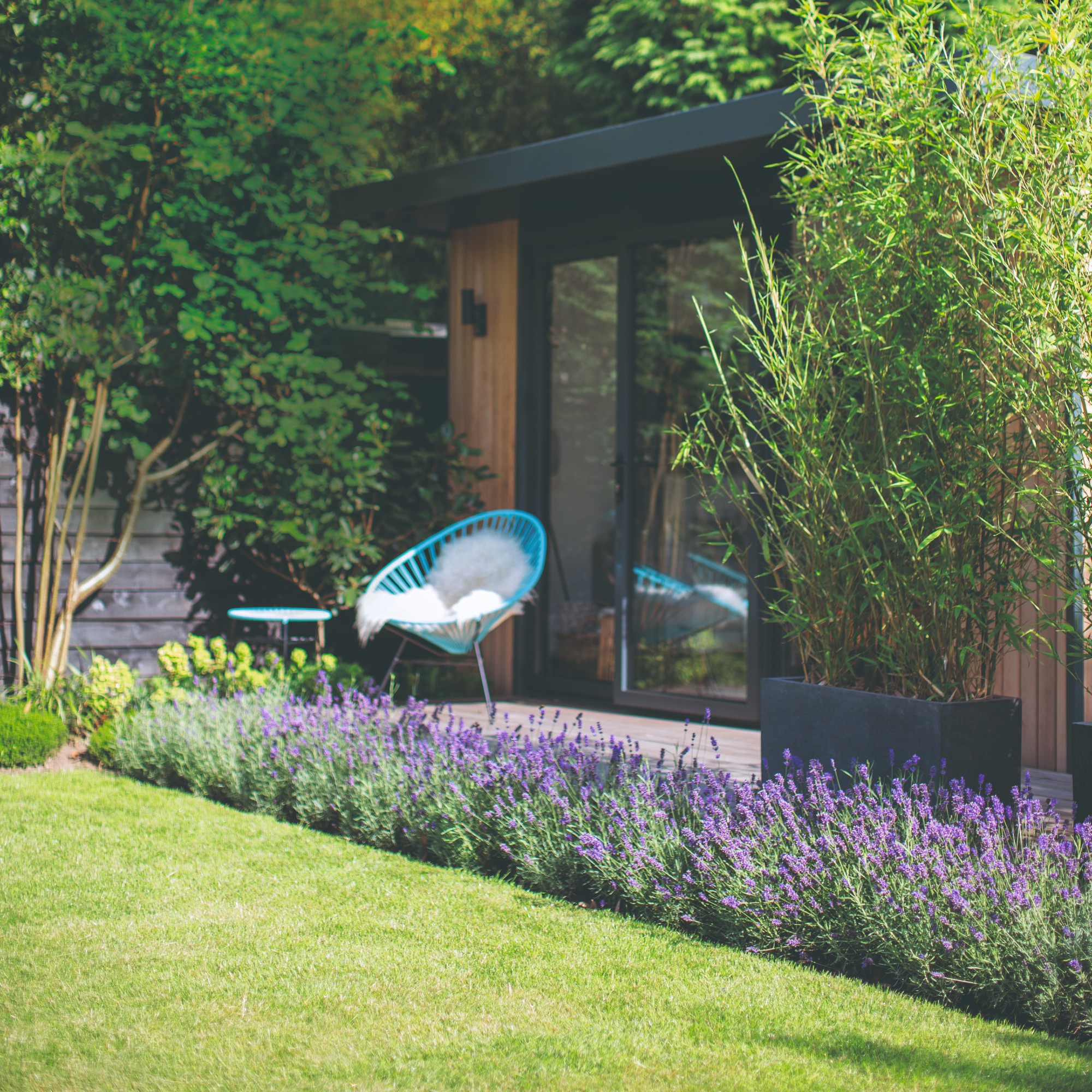
Our outdoor spaces can be a feast for the senses if you choose the right sensory garden plants. The purpose of any sensory space is to stimulate our senses while providing a safe and comfortable environment for us to spend time in, and plants are perfect for creating this.
When planning sensory garden ideas you need to think about not just colourful plants, but fragrant plants, edible herbs and even the sounds different plants make.
‘Each sense is engaged in a sensory garden. Sight is captivated by the colours, textures, and movements of plants, while touch can discern between smooth, rough, solid, or liquid. Smell, a powerful sense, often triggers memories. Fortunately, a garden is a treasure trove of scents, from the earthy aroma of soil and compost to the sweetest blooms, as well as the seasonal scents, bonfires, and fragrances carried by the wind,’ explains Stannah’s Gardening Expert and BBC Gardeners’ World presenter, Mark Lane.
'When I visit a new garden, I always close my eyes and listen to the garden. It might be the sound of the wind, rustling leaves, ornamental grasses or bamboo swaying in the breeze, the sound of water, birdsong, children playing, or mowers humming in the distance.
'Many plants can be savoured on our plate, so taste plays a significant role in getting to know our favourite plants, from the sweetness of fresh strawberries to the tartness of early apples, or the earthy and sweet tastes of root vegetables,’ he adds.
You can take your sensory garden in many different directions. However, experts have 11 key plants they would recommend most to engage many of your senses.
1. Lavender

‘Lavender is one of the most fragrant plants you can grow and is a great choice for a sensory garden,’ says Fiona Jenkins, MyJobQuote.co.uk’s Gardening Expert. ‘
It produces a beautifully relaxing aroma as you brush past it and with its colourful flowers swaying in the breeze, it is visually stimulating too.’
Growing lavender is also relatively easy as it's a drought-tolerant plant so you can plant and almost forget about it to add scent to your garden.
Where to buy lavender online:
2. Curry plant
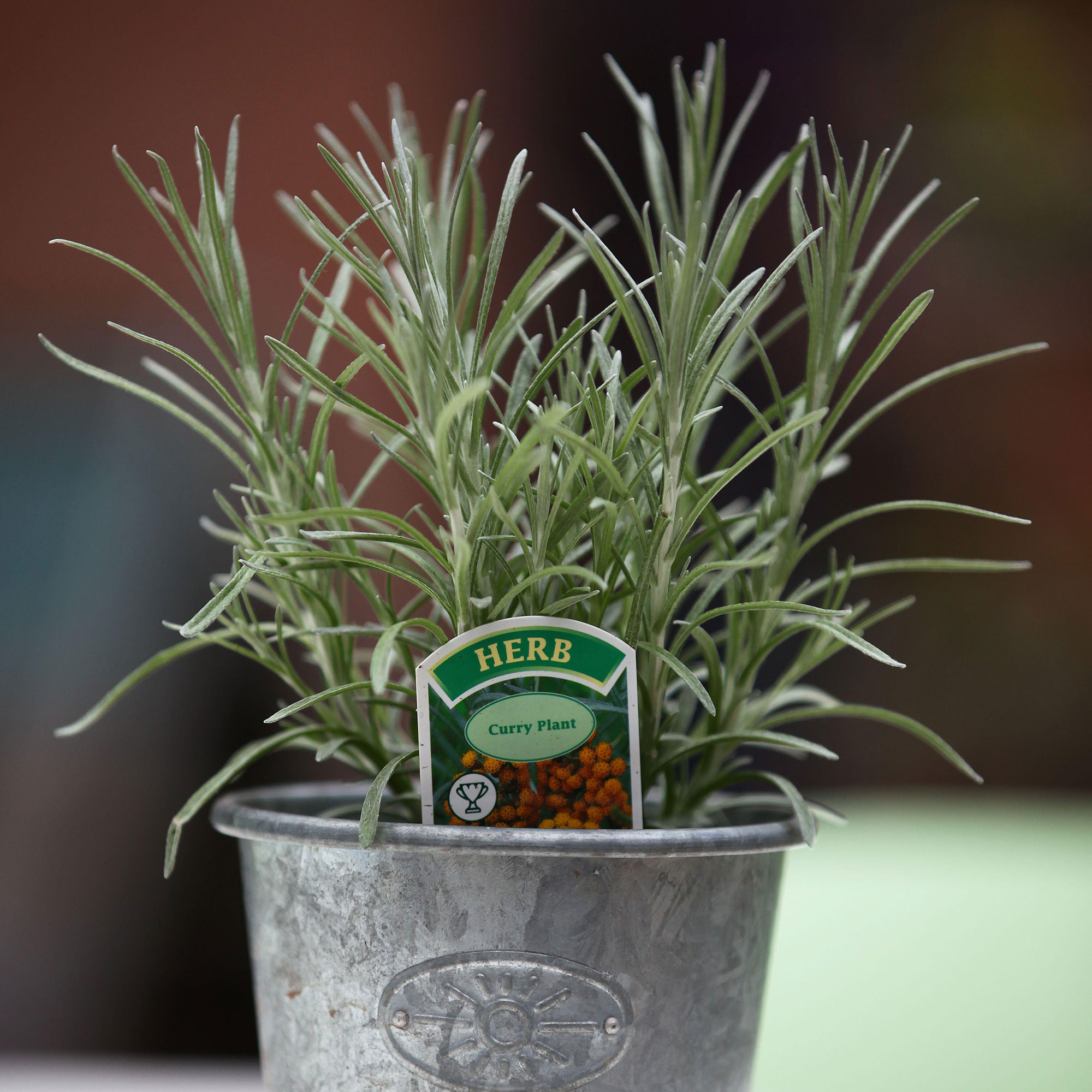
‘Carrying on with the scent theme, a curry plant is perfect for any sensory garden thanks to its incredible, distinctive aroma,’ declares Andrew White, Rhino Greenhouses Direct's resident Gardening Expert. ‘They are also pretty distinctive to the eye and touch, thanks to their silvery-grey foliage and clusters of yellow flowers, so they really do bring a little bit of everything to your sensory garden.’
3. Silver sage
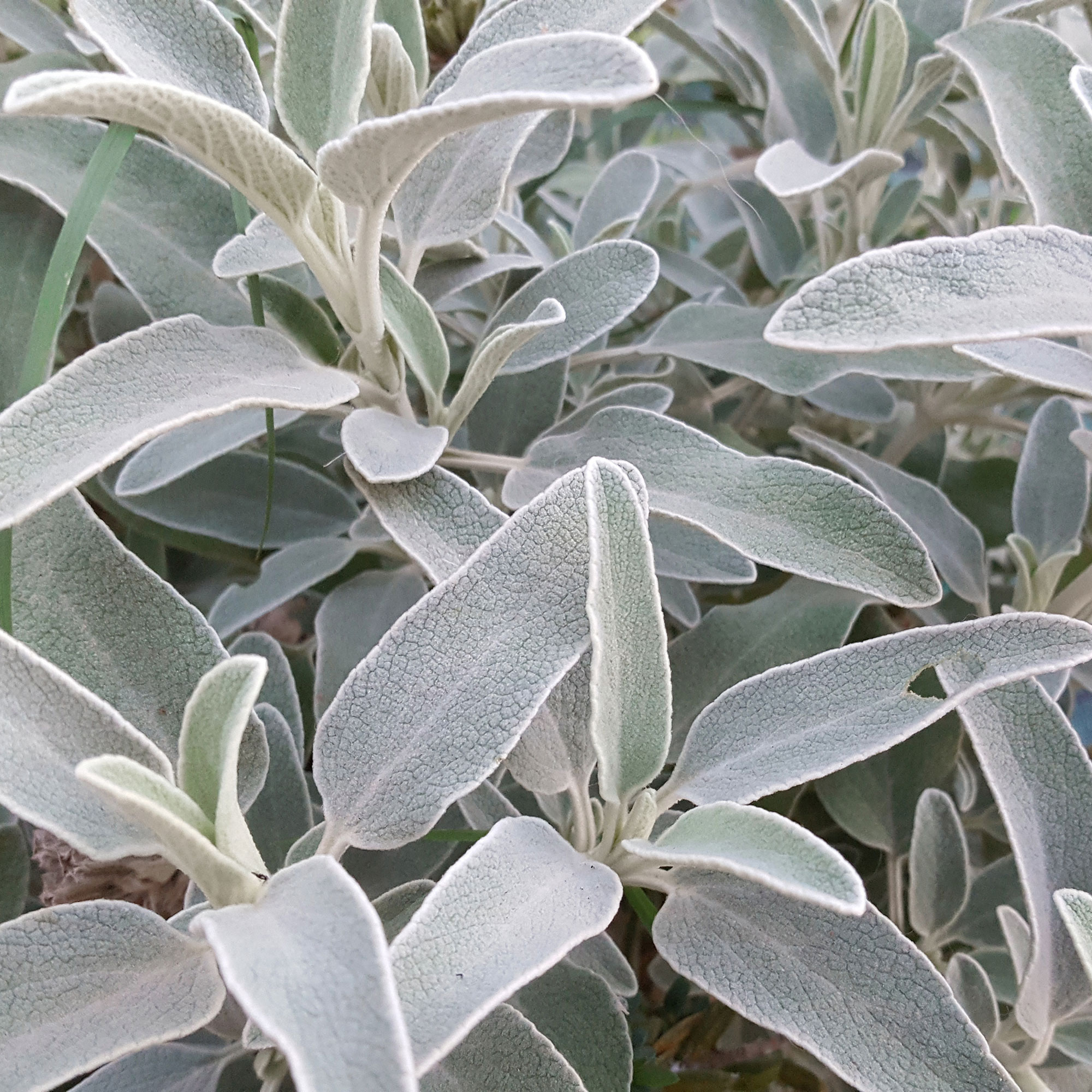
‘The silvery, woolly leaves of Salvia argentea – or silver sage – are also difficult to resist with their ruffled look and layer of fine silver hairs,’ Fiona says. ‘It has a cotton wool-like texture on its leaves which makes it extremely soft to the touch. Stroking the leaves of a silver sage therefore offers relaxing qualities,’ John adds.
Where to buy silver sage online:
4. Mint

Growing mint is perfect for a sensory garden. It releases a pleasant fragrance to engage your sense of smell but it also has a refreshing taste.
Plus, ‘there are many different varieties of mint that you can use in a sensory garden, from peppermint to spearmint and even pineapple mint that provides an interesting and exotic flavour,’ says John Clifford, Director at Gardenstone. And you can easily grow mint from cuttings or seeds.
5. Dill
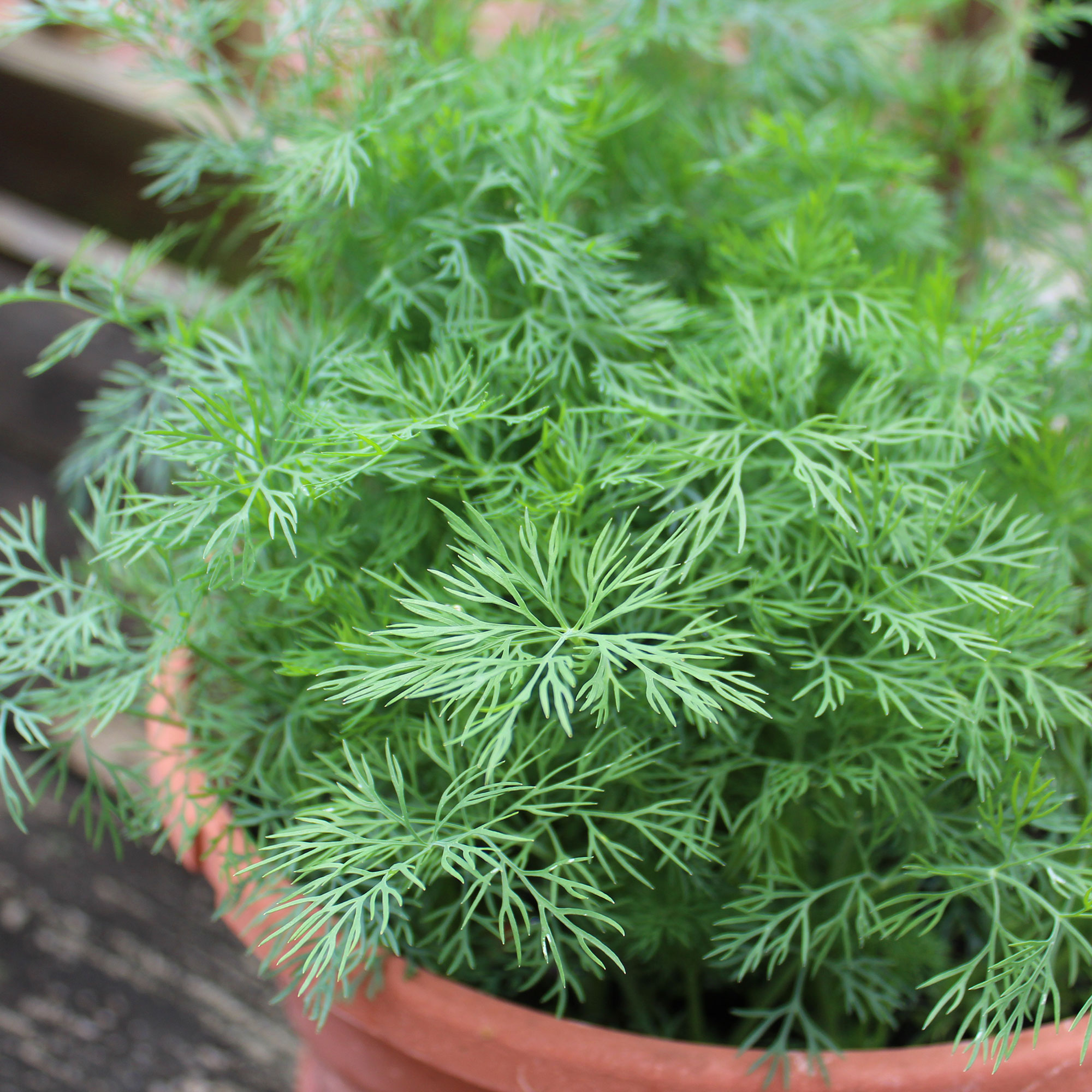
‘For something striking in the garden that also has a fresh, citrus-like taste with a ‘green’ taste, you cannot beat dill,’ recommends Mark.
With soft, feathery leaves and stems topped with delicate clusters of small yellow flowers, it works equally well in herb gardens and flower borders as it does containers. Plus, imagine adding some fresh dill to a summer salad or using it to add flavour to one of your favourite dishes.
Where to buy dill online:
6. Sunflowers

Sunflowers can instantly lift your mood and ‘with their cheerful, bright yellow blooms, impressive height and tactile seeds, they provide a great sensory experience,’ Fiona affirms. We certainly find ourselves smiling more when we spot a sunflower out in the wild or as part of a beautiful bouquet.
Growing sunflowers from seed is one of the most rewarding sensory garden plants and well worth the time it takes.
Where to buy sunflower seeds online:
7. Bamboo
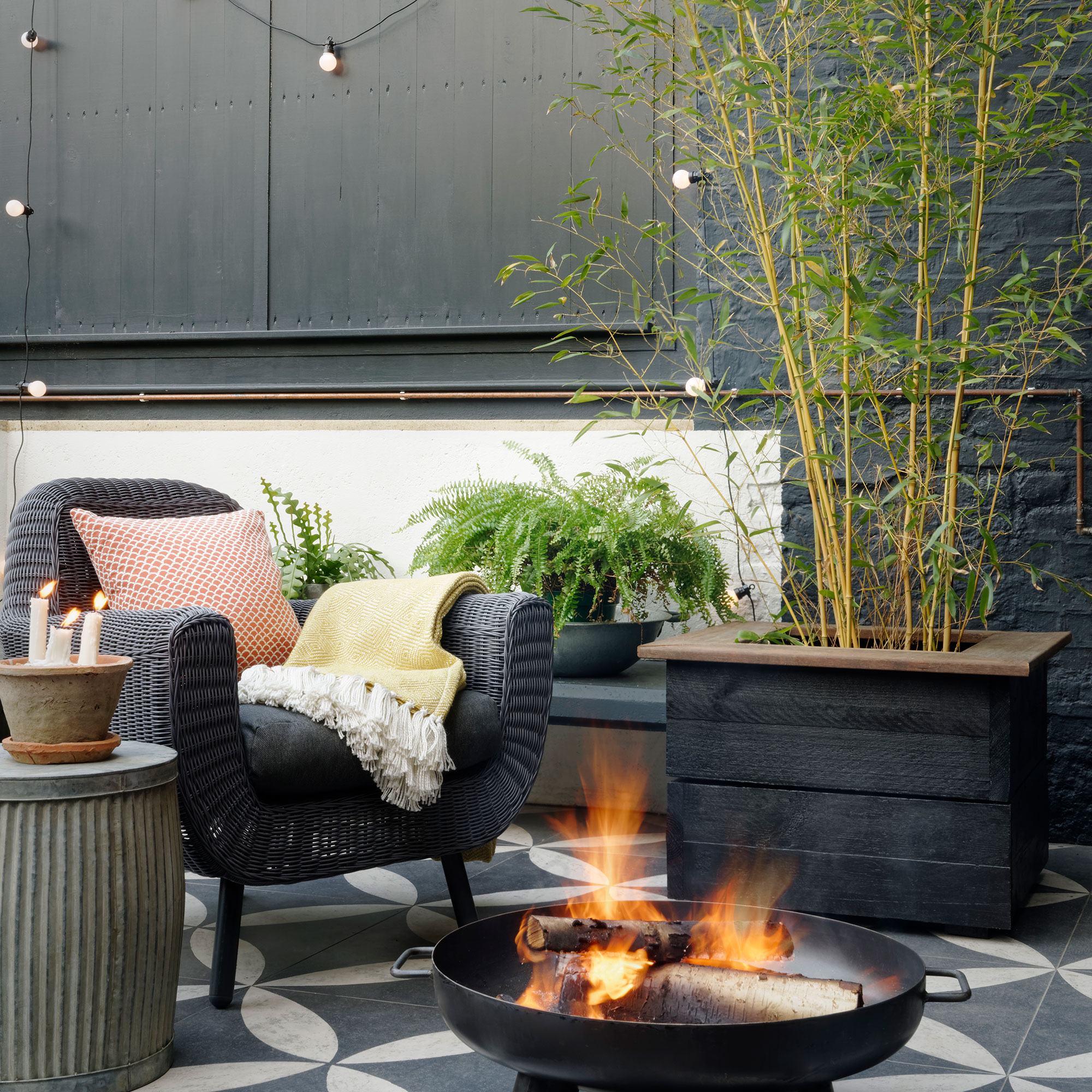
Bamboo can be a great plant if you’re looking for some garden or patio privacy ideas but what makes it such a brilliant sensory choice is the way that it sounds when wind passes through it.
Sometimes ‘it is hollow and sometimes deep, other times high-pitched, which is why it is used for wind chimes,’ Mark explains. But it can also add height and drama to your outdoor space, giving it a visual impact.
Where to buy bamboo online:
8. Fountain grass

‘Thanks to its long, evergreen grass with bristly spikes, fountain grass makes a lovely, soothing sound as a gentle breeze passes through it,’ Andrew explains. It has the added bonus of being visually stimulating too, as its spiky bristles move in the wind. Pampas grass also has a very similar effect.
Where to buy fountain grass online:
9. Tulips
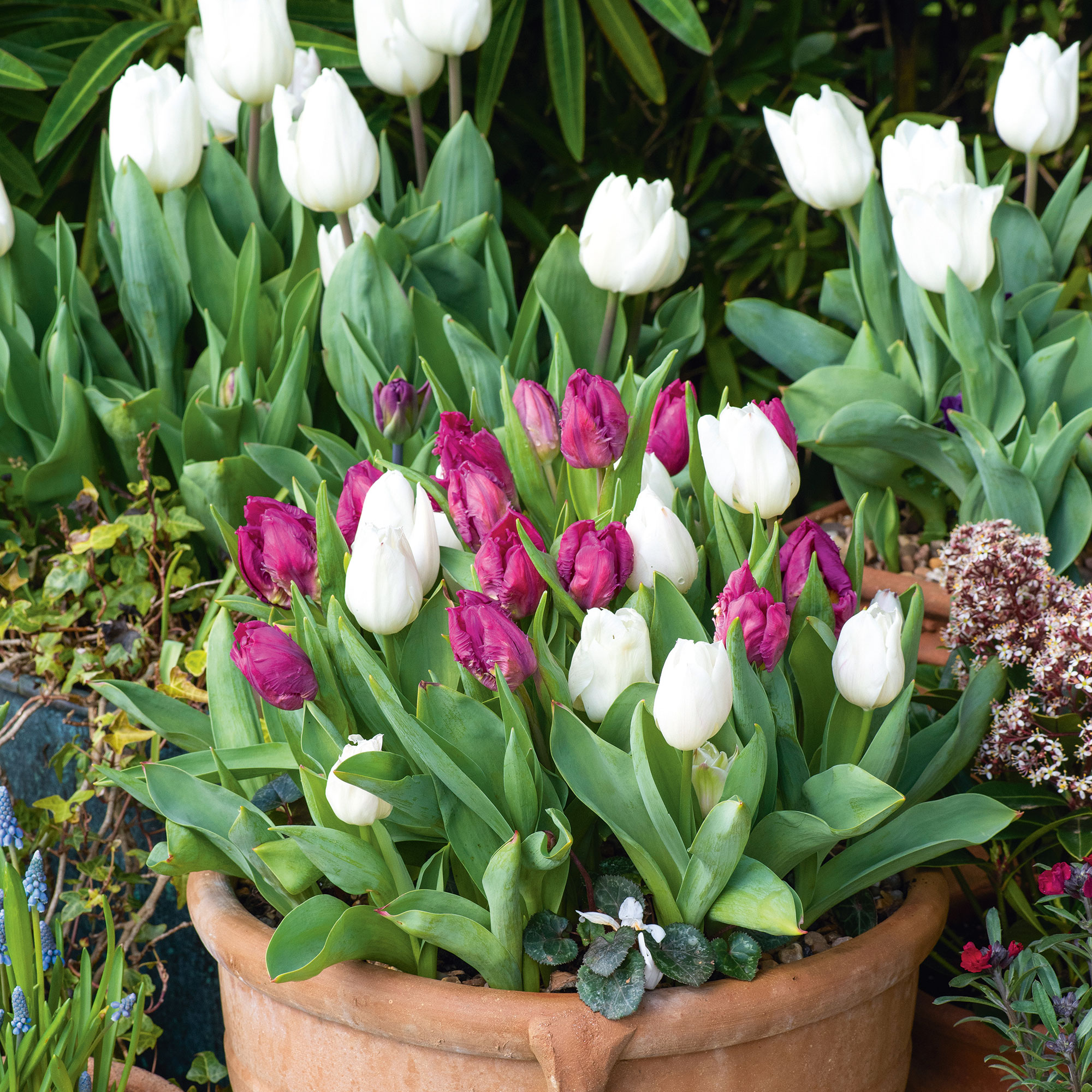
Tulips come in a fabulous array of colours and ‘bright tulips will enliven the senses, while muted colours will calm and relax,’ Mark says. So, you can tailor their use in your garden depending on what you’re looking for.
They also release one of the strongest fragrances, making them a great choice if you’re looking to make your garden a fragrant retreat.
Mark also recommends that you ‘place bright colours closer to the house and paler colours further away to create depth and make your garden look longer than it is.’
Where to buy tulips online:
10. Alliums
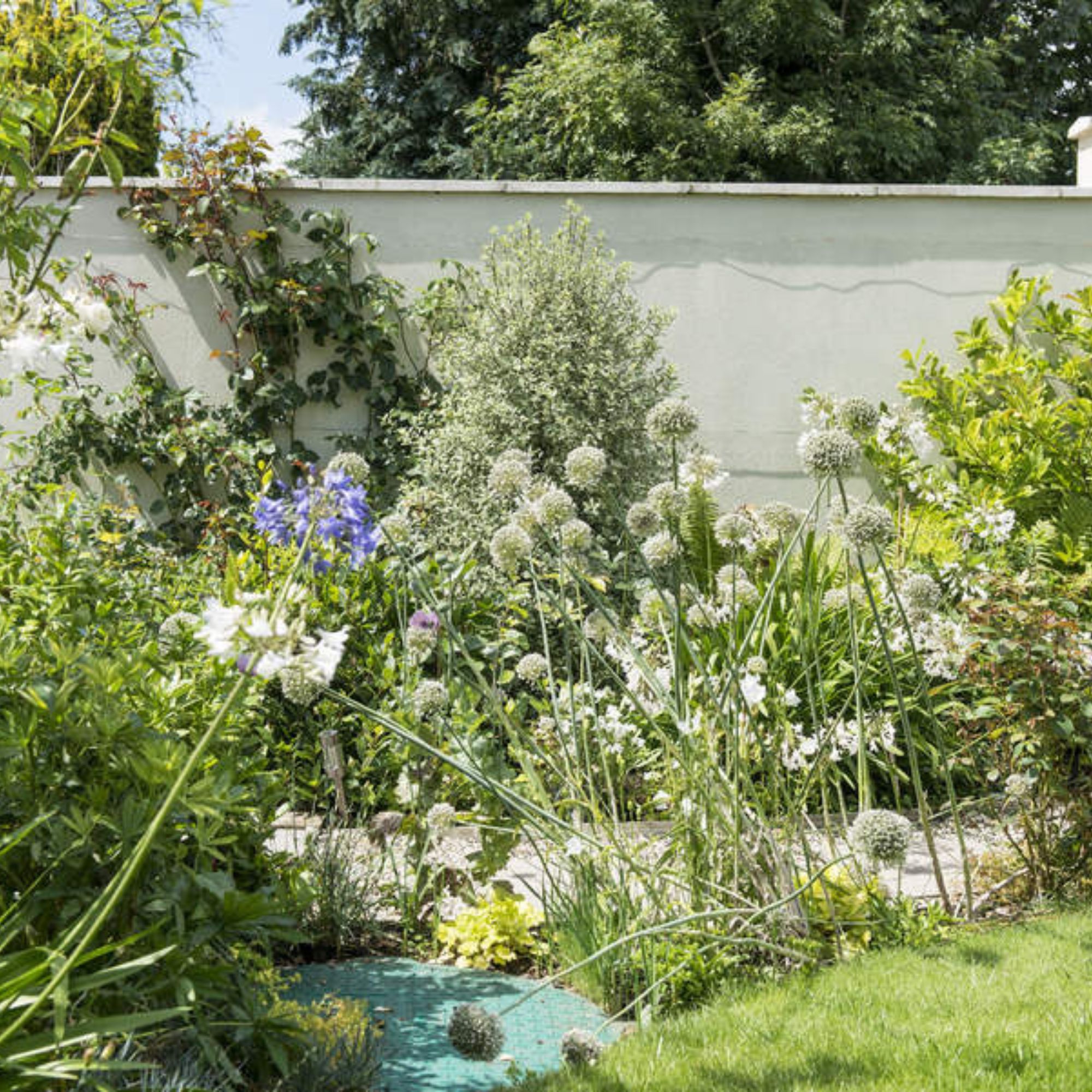
Available in a brilliant range of hues, alliums will have you wanting to reach out and touch their interesting blooms. Not only are their ball-shaped clusters of flowers incredibly tactile but they are also fascinating to look at. And even as the flowers start to fade later in the year, the ball shape remains, providing an additional texture during the autumn and winter months.
Where to buy allium bulbs:
11. Lamb’s ear
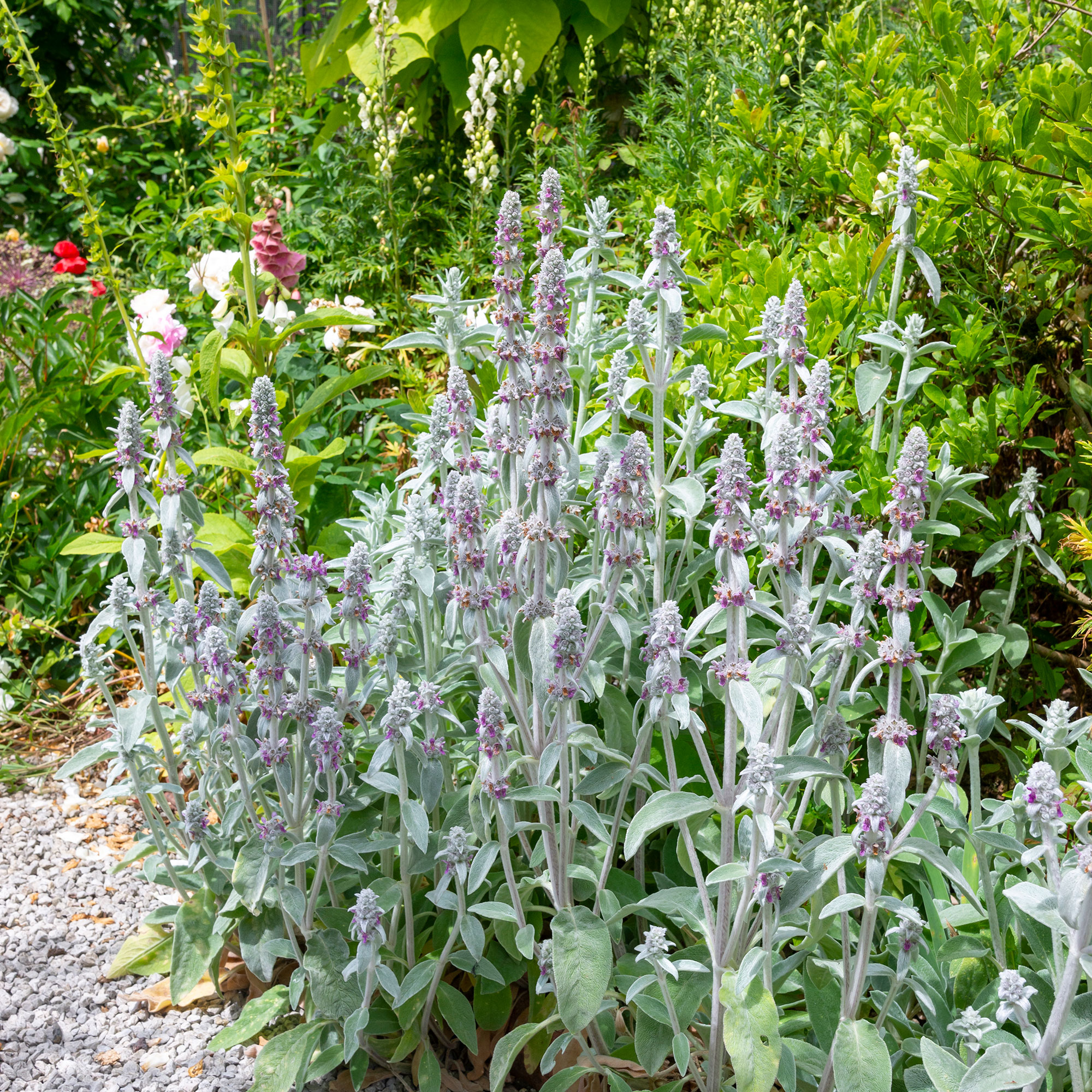
‘If you are looking to add a unique to-the-touch plant for your sensory garden, look no further than Lamb’s ear, as this is one of the most unusually shaped plants out there,’ Andrew says.
And Mark agrees. ‘A really tactile groundcover plant that’s drought tolerant and cries out to be touched, its furry, grey-green leaves are smooth to the touch, with spikes of woolly, pink-purple flowers from June to September,’ he adds. Easy to grow and requiring very little maintenance, Lamb’s ear is a fantastic addition to your sensory garden, thanks to its distinctive shape and feel.
Where to buy lamb's ear online:
FAQs
Why are sensory gardens beneficial?
‘Sensory gardens are great for a range of reasons from helping our mental and emotional health to providing an educational and therapeutic experience,’ explains Chris Bonnett, Founder of GardeningExpress.
‘Sensory gardens are also great for sensory development in children, especially those with sensory sensitivities. This is because the different sounds, scents, textures and smells can help calm them,’ he continues. In addition to this, ‘they can provide a safe and joyful space for seniors with Alzheimer’s or dementia, too, as caring for a sensory garden can be beneficial to their mental and physical wellbeing, encouraging them to get out in the sunshine.’
What are the best sensory plants for autism?
‘Autism is a spectrum disorder, meaning that there are a range of symptoms and not everyone with autism reacts to stimulation in the same way. Some people with autism benefit from extra sensory stimulation while that would be a problem for others who prefer subtle and gentle sensory experiences,’ Fiona details. ‘So, the best sensory plants should be chosen according to the specific needs of the person the sensory garden is intended for, otherwise, it may be over or underwhelming depending on where they are on the autism spectrum.’
‘As an autistic designer, I am often asked which are the best sensory plants for autistic people. The answer is as individual as the autistic person in question,’ reveals Garden Designer and Chartered Landscape Architect, Hilary Newhall CMLI.
But playing around with different textures, sights, sounds, smells and tasting plants could certainly be beneficial, depending on the individual.







